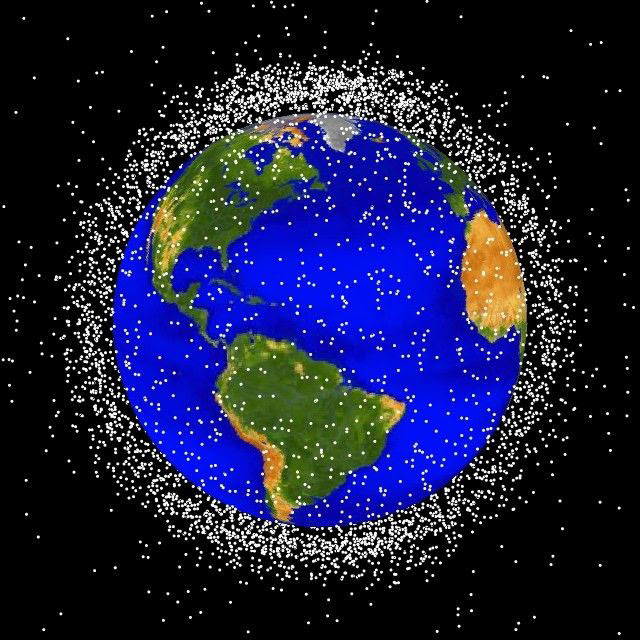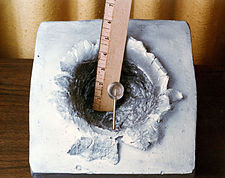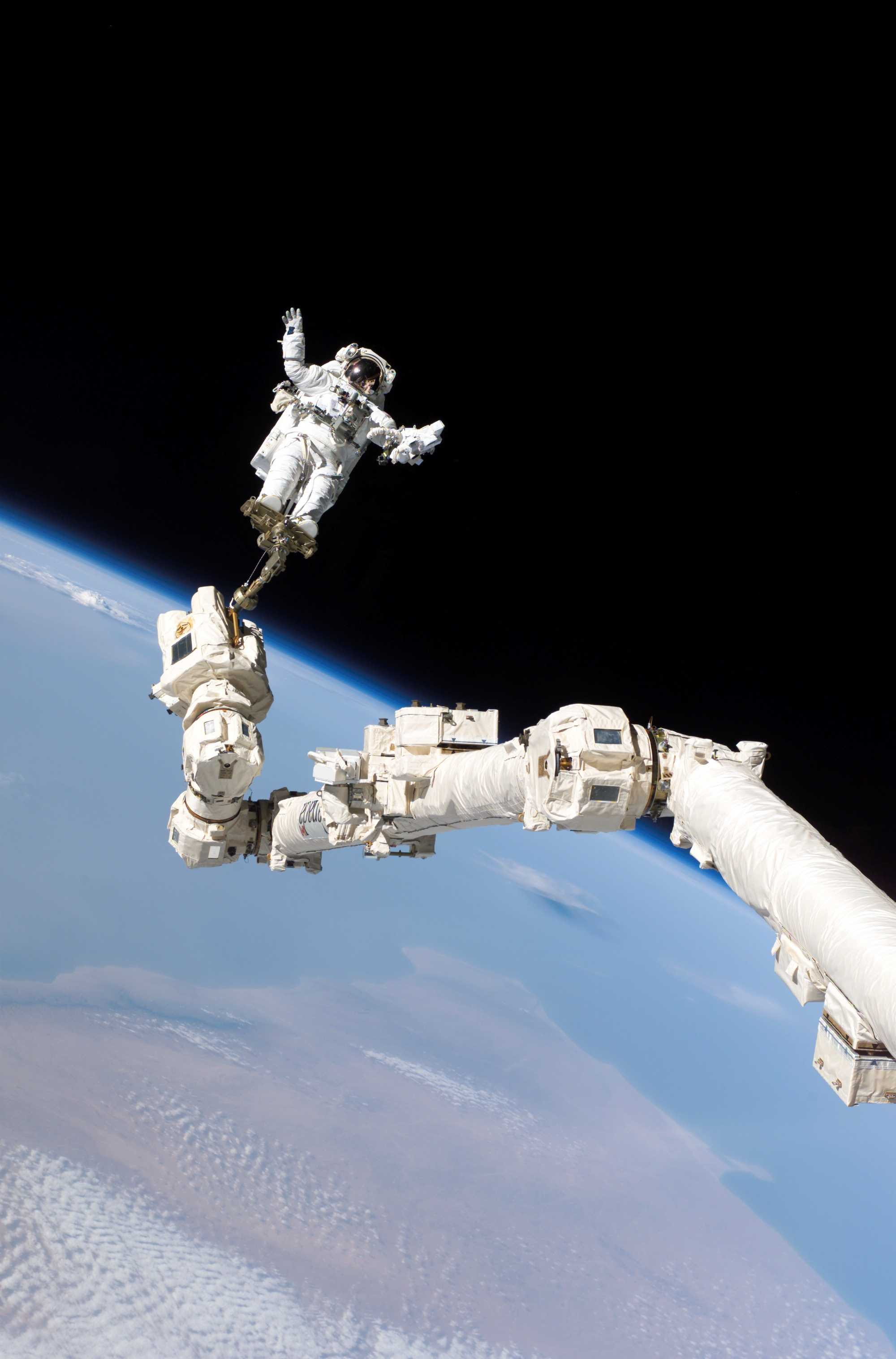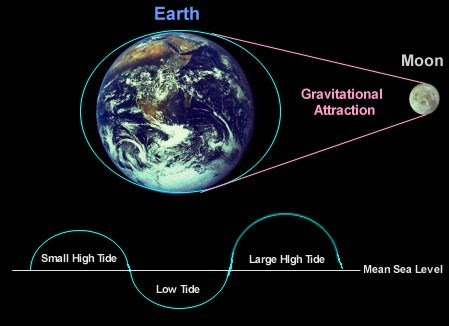This article/post is mostly taken from the work of Gerard Hickson in his 1922 book, “Kings Dethroned”. He lays clearly, concisely and irrefutably, how astronomer by astronomer in the 16th and 17th centuries began in error by the way they measured distance from Earth to Sun, Moon and planets and then subsequently came up with preposterous theory after theory, over decades, to cover up there errors, that continues to this very day.
From Copernicus, Galileo, Kepler, Halley, Newton in Europe across the pond in the 1900’s to Einstein and NASA, astronomy has used the same errors in calculating distance of stars and planets in what is called Astrometry.
In the 1920’s, Gerrard Hickson proves conclusively, using their own geometry, math and theories of heliocentrism, gravity, relativity, etc., are gravely in gross error.
In no uncertain terms this work blows apart the Sun centered, Earth a sphere rotating, gravity based heliocentric theory that has been taught in every classroom on our flat plane Earth for the past century or more.
Enjoy!
(Original book title)
Click to access kingsdethronedhi00hickrich.pdf
****
“But I can conceive that in the course of time this Relative Phantasmagoria
might come to be regarded as science,
and be taught as such to the children of the near future.”
~ G. Hickson, April 1921, in reference to
newly proposed Theory of Relativity by Albert Einstein
THE EARTH STANDS STILL
It would seem that Copernican Astronomy had reached its highest development about the year 1882, and then began to decline, or rather, to fall to pieces.
The first evidence of this devolution is to be found in the Michelson-Morley experiment of 1887, at Chicago; the result of which might have undeceived even the most devoted believer in the theory of a spinning earth.
Professor Michelson was one of the physicists foremost in determining the Velocity of Light, while he has recently been described in the New York Times as America’s greatest physicist; and it was he who—working in collaboration with Morley— in 1887 made the most painstaking experiments by means of rays of light for the purpose of testing, verifying, or proving by physical science, what really was the velocity of the earth.
To express this more clearly. Astronomers have for a very long time stated that the earth travels
round the sun with a speed of more than eighteen miles a second, or sixty-six thousand miles an hour.
Without in any way seeking to deny this statement, but really believing it to be thereabouts correct, Michelson and Morley undertook their experiments in order to put it to a practical test; just in the same way as we might say “The greengrocer has sent us a sack of potatoes which is said to contain 112 pounds weight; we will weigh it ourselves to see if that is correct.”

More technically, the experiment was to test what was the velocity with which the earth moved in its orbit round the sun relative to the aether. A very well illustrated account of that experiment will be found in The Sphere, published in London, June 11th, 1921, and it is from that article I quote the following, verbatim :
“But to the experimenters’ surprise no difference was discernible. The experiment was tried through numerous angles, but the motion through the aether was NIL”!
Observe that the means employed represented the best that modern physical science could do to prove the movement of the earth through ethereal space, and the result showed that the earth did not move at all! “The motion through the aether was NIL.”
But the world of astronomy has not accepted that result, for it continues to preach the old dogma; it appears that they are willing to accept the decisions of physicists when it suits their case, but reject them when otherwise.
And so they still maintain the fabulous theory that the earth is rushing through space at eleven hundred miles a minute; which, as they would say in America, ” Surely is some traveling.” It must be faster than a bullet from a Lewis gun.
What I have now to record, I do with regret, and only because my sense of duty in the pursuit of truth compels me. It is the circumstance that Sir George Airy, who retired from his position as Astronomer Royal in 1881, related— some nine years later— how he had for some time been harassed by a suspicion that certain errors had crept into some of the computations published in 1866, and that, though he had set himself seriously to the work of revision, his powers were no longer what they had been, and he was never able to examine sufficiently into the work.
Then he spoke of a “grievous error that had been committed in one of the first steps,” and pathetically added —“My spirit in the work was broken, and I have never heartily proceeded with it since.” My sympathy goes out to Sir George in his tribulation of the spirit due to advancing age, while I am not unmindful of myself, for I realize that in him I have lost one who would have been a friend, who would have listened when I said that all was not as it should be with the science of astronomy; and stood by my side, encouraging and helping, when I, younger and stronger, strove to put it right.
I do not know whether Sir George Airy was influenced or not by the result of the Michelson-Morley experiment, but it is at least a noteworthy coincidence that he made those comments only three years later; but in any case science has need of him, and of such evident open-mindedness and sincerity as his, now not content to believe that the earth did not move, further experiments were carried out by Nordmeyer in the year 1903, to test the earth’s velocity in relation to the Intensities of Light from the heavenly bodies, but he also failed to discover any movement.























Recent Comments